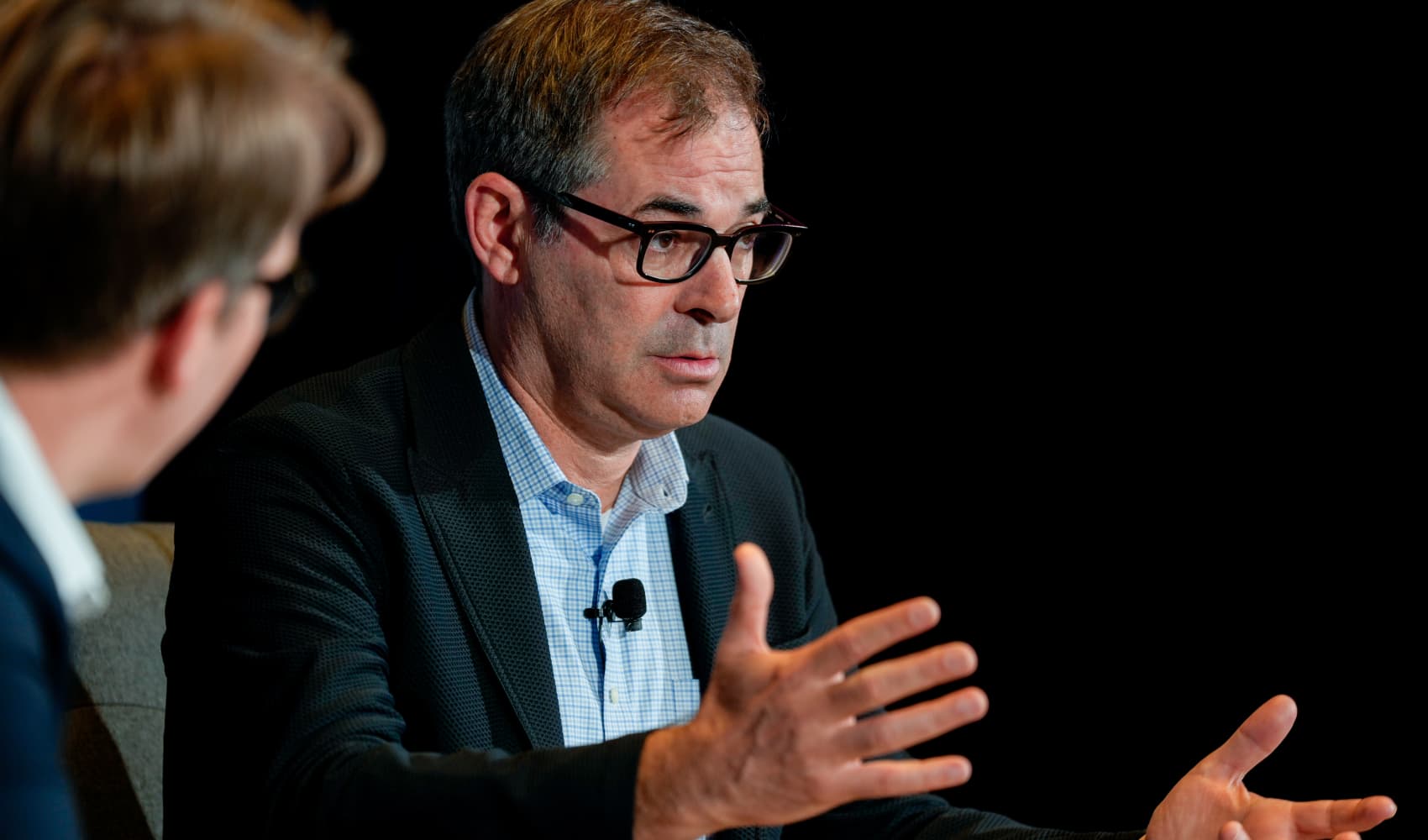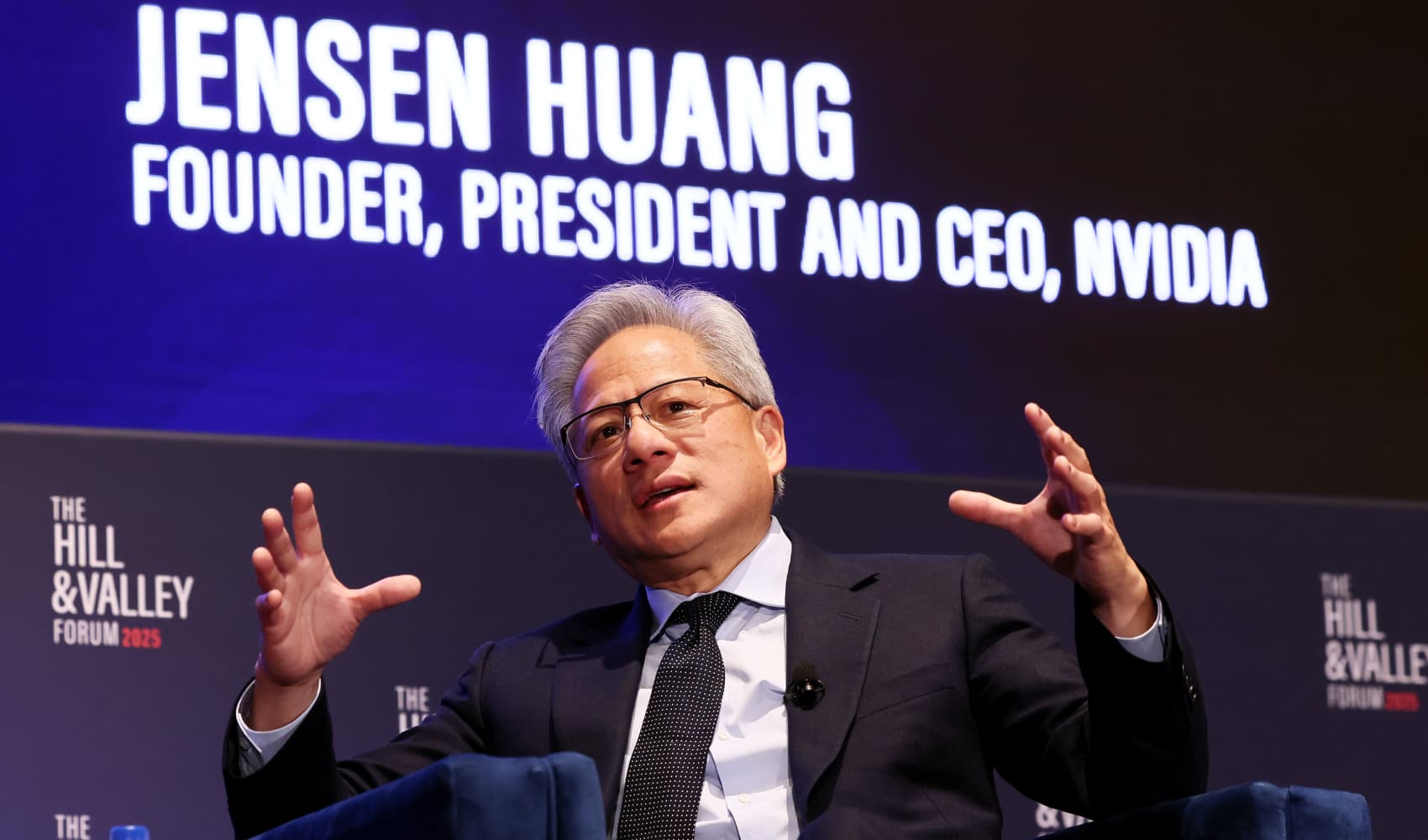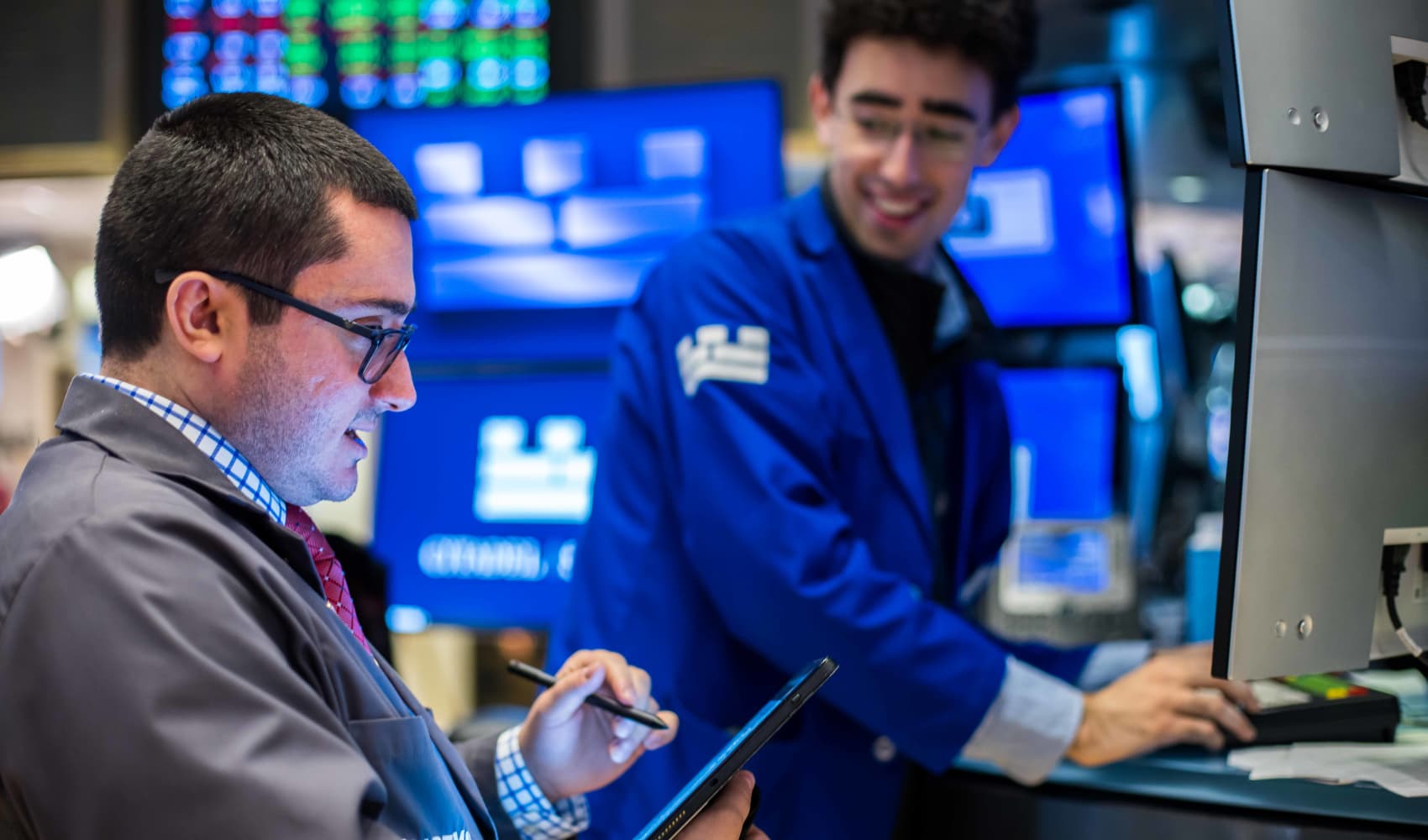Meta VR Layoffs: Reality Labs Restructuring Explained
Metaverse Reality Check: Meta Lays Off VR Employees - What's Next?
Introduction: Is the Metaverse Dream Fading?
The metaverse, once hailed as the future of interaction and entertainment, seems to be facing some turbulence. Recently, Meta, the company that has bet big on this digital frontier, announced layoffs within its Reality Labs division. Reality Labs, you might remember, is the powerhouse behind Meta's virtual reality (VR), augmented reality (AR), and wearable technology initiatives. This move raises a critical question: is the metaverse bubble bursting, or is Meta simply recalibrating its strategy? Let’s dive into what this means for the future of VR, AR, and our digital lives.
Reality Labs Restructuring: A Sign of the Times?
Meta's Reality Labs has been at the forefront of building the metaverse, developing everything from VR headsets like the Meta Quest to AR applications. The division has seen significant investment and ambitious projects, but recent financial reports have shown substantial losses. The layoffs, though unspecified in number, signal a potential shift in priorities or at least a need to streamline operations. Think of it like trimming a tree – sometimes you need to prune to encourage healthier growth.
Oculus Studios: Impacted by the Cuts
One of the areas directly affected by the layoffs is Oculus Studios. Oculus Studios is responsible for creating VR and AR games and content for Meta's Quest VR headsets. These games and experiences are crucial for attracting users to the metaverse. The reduction in staff within Oculus Studios suggests a possible slowdown in content creation or a shift in the type of content Meta intends to produce.
What kind of content is on the horizon?
Could we be seeing a move away from purely entertainment-focused VR experiences and a pivot towards more practical applications, like training simulations or collaborative workspaces? It's certainly something to consider.
Supernatural VR Workout App: Another Victim?
Another casualty of these layoffs appears to be the Supernatural VR workout app. Supernatural offers immersive fitness experiences within the VR world. The fact that this app has been affected indicates that Meta may be re-evaluating its investments in niche areas within VR.
The Official Statement: Shifting Structures and Roles
Meta's official statement regarding the layoffs is, predictably, carefully worded. A spokesperson told CNBC that "Some teams within Oculus Studios are undergoing shifts in structure and roles that have impacted team size." This suggests that the layoffs are part of a broader restructuring process, rather than a complete abandonment of VR and AR development.
Why Are These Layoffs Happening Now?
Several factors likely contribute to these layoffs. Let's break them down:
Economic Headwinds: The Macro Picture
The global economy is facing uncertainty, with rising inflation and potential recession looming. Many tech companies are responding by cutting costs and streamlining operations. Meta is no exception.
Meta's Financial Performance: Reality Bites
Meta's overall financial performance has been under pressure. The company has faced challenges in its advertising business and has invested heavily in the metaverse, which has yet to generate significant revenue. This creates a need to demonstrate fiscal responsibility.
The Metaverse's Slow Adoption Rate: Are People Ready?
While the metaverse holds immense potential, its adoption rate has been slower than many initially anticipated. The technology is still relatively new, and widespread acceptance requires overcoming hurdles such as high equipment costs and a lack of compelling content. Are we truly ready to live a significant portion of our lives in virtual worlds?
The Future of VR and AR: Still Bright, But Evolving
Despite these setbacks, the future of VR and AR is far from bleak. The technology continues to evolve, and new applications are constantly being discovered. The layoffs at Meta may simply be a course correction, a necessary adjustment to ensure long-term sustainability.
What's Next for Meta's VR Strategy?
It remains to be seen how Meta will adapt its VR strategy in light of these changes. Will the company focus on specific areas, such as enterprise applications or educational tools? Or will it continue to pursue a broader vision of the metaverse?
Competitors in the VR/AR Space: The Battle for Domination
Meta isn't the only player in the VR and AR arena. Companies like Apple, Microsoft, and Sony are also investing heavily in these technologies. The competition is fierce, and each company is vying for a piece of the pie.
Apple's Entry: A Game Changer?
Apple's rumored entry into the VR/AR headset market could be a game-changer. Apple has a track record of popularizing new technologies, and its involvement could significantly accelerate the adoption of VR and AR.
The Impact on Consumers: What Does This Mean for Us?
For consumers, these layoffs could mean a slower pace of innovation in the short term. However, in the long run, it could lead to a more focused and sustainable development of VR and AR technologies. Think of it as a marathon, not a sprint. Sustainable growth is more important than rapid expansion.
The Metaverse: A Long-Term Vision
It's important to remember that the metaverse is a long-term vision. It's not going to be built overnight. There will be setbacks and challenges along the way. But the potential benefits of a fully realized metaverse – new forms of communication, entertainment, and commerce – are too significant to ignore.
Beyond Gaming: The Untapped Potential of VR/AR
While gaming is currently the most popular application of VR, the technology has the potential to revolutionize many other industries. Imagine using VR for medical training, architectural design, or remote collaboration. The possibilities are endless.
The Human Element: The Importance of Community
Ultimately, the success of the metaverse will depend on its ability to create meaningful connections between people. It's not just about technology; it's about building communities and fostering a sense of belonging. Can the metaverse become a space where people feel more connected, not less?
Conclusion: Recalibrating the Metaverse Vision
Meta's layoffs in the Reality Labs division are a signal that the company is recalibrating its metaverse vision. While these cuts may seem like a setback, they could ultimately lead to a more sustainable and focused approach to VR and AR development. The future of the metaverse is still being written, and it will be fascinating to see how it unfolds.
Frequently Asked Questions (FAQs)
- Why is Meta laying off employees in Reality Labs?
- Meta is likely restructuring its Reality Labs division to cut costs and streamline operations amidst economic uncertainty and slower-than-expected metaverse adoption.
- Which areas of Reality Labs are affected by the layoffs?
- The layoffs primarily impacted Oculus Studios, which develops VR and AR content for Meta's Quest headsets, and the Supernatural VR workout app team.
- Does this mean Meta is abandoning the metaverse?
- No, Meta is not abandoning the metaverse. The layoffs suggest a recalibration of strategy and a possible shift in priorities, not a complete departure from VR and AR development.
- What impact will these layoffs have on consumers?
- In the short term, consumers may experience a slower pace of innovation. However, in the long run, it could lead to a more focused and sustainable development of VR and AR technologies.
- Are there any alternative companies or technologies in the VR/AR space?
- Yes, companies like Apple, Microsoft, and Sony are also heavily invested in VR and AR. Apple's rumored entry into the market could significantly impact the industry.









